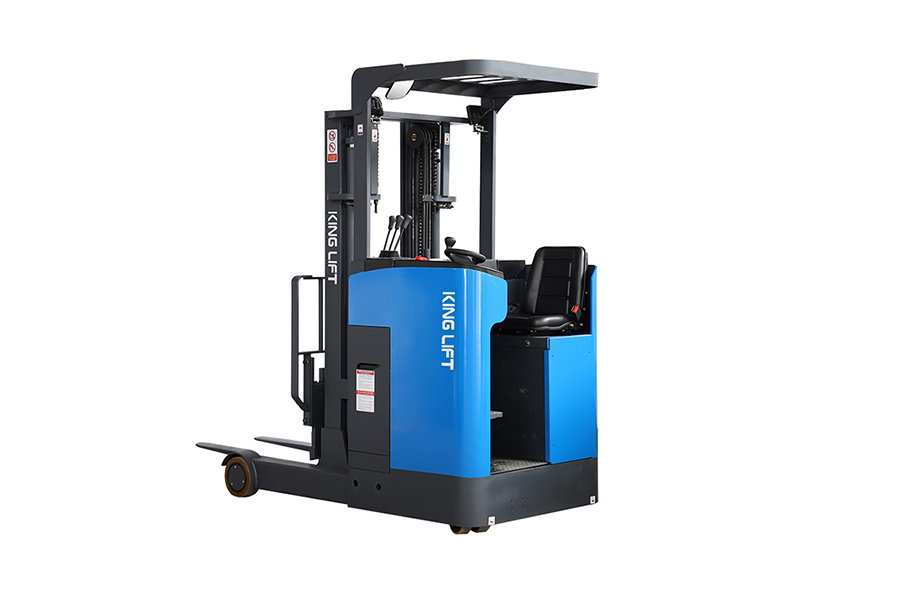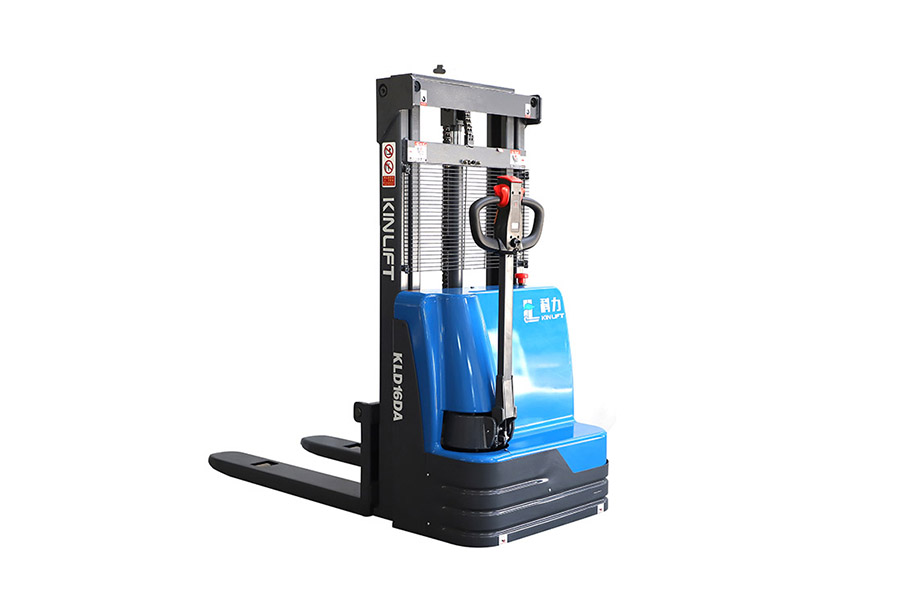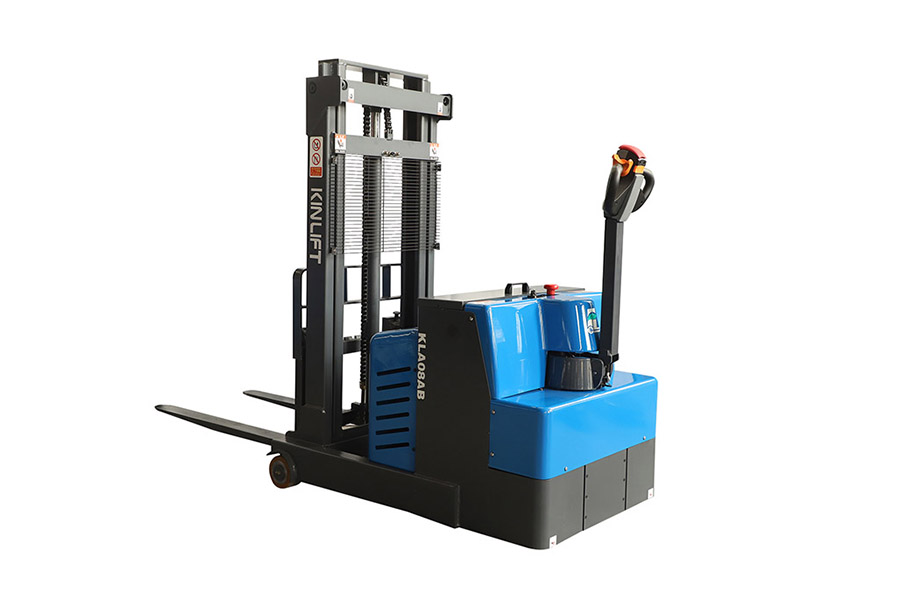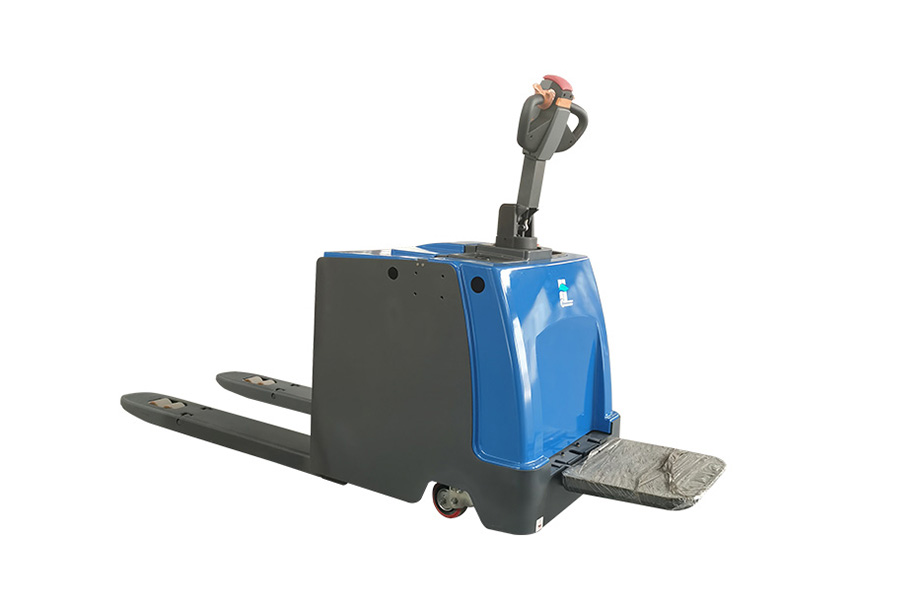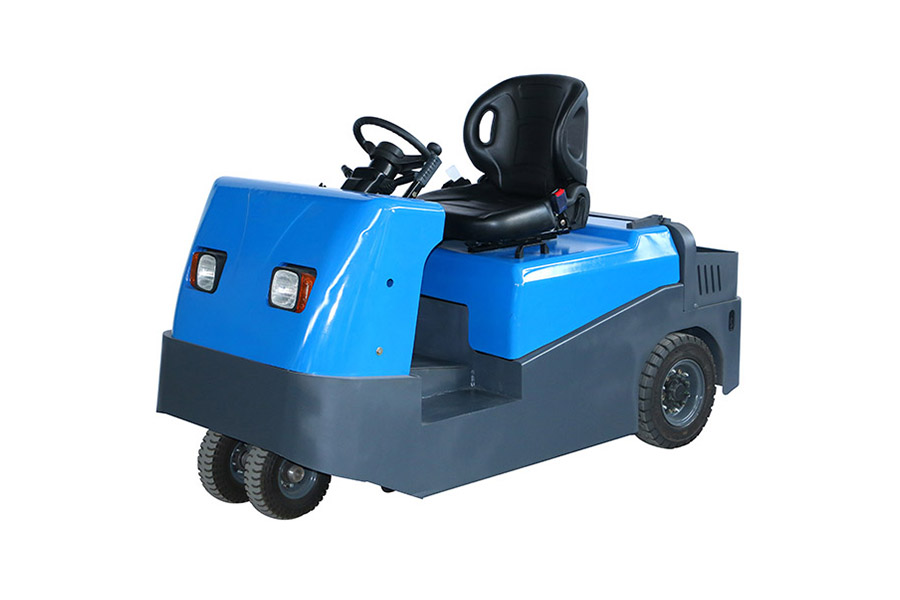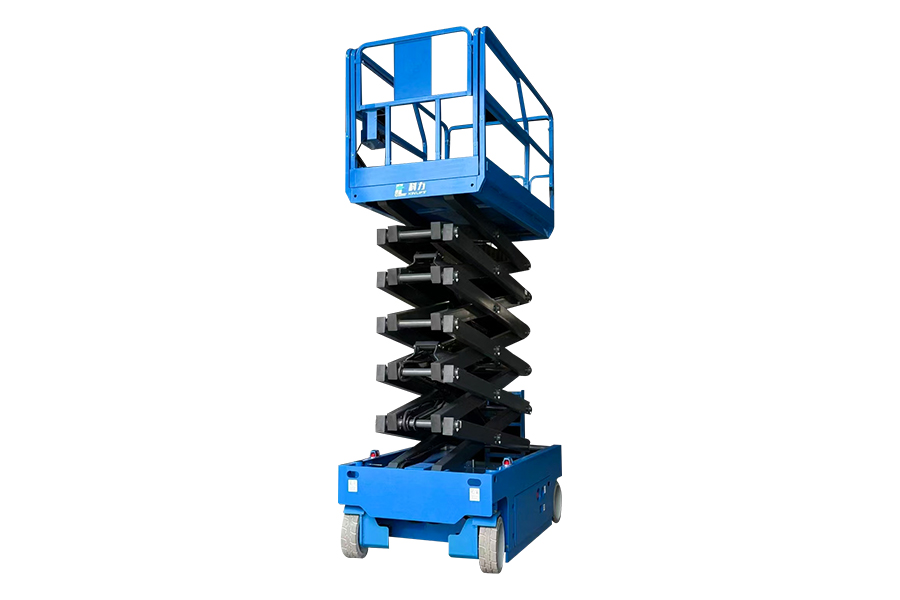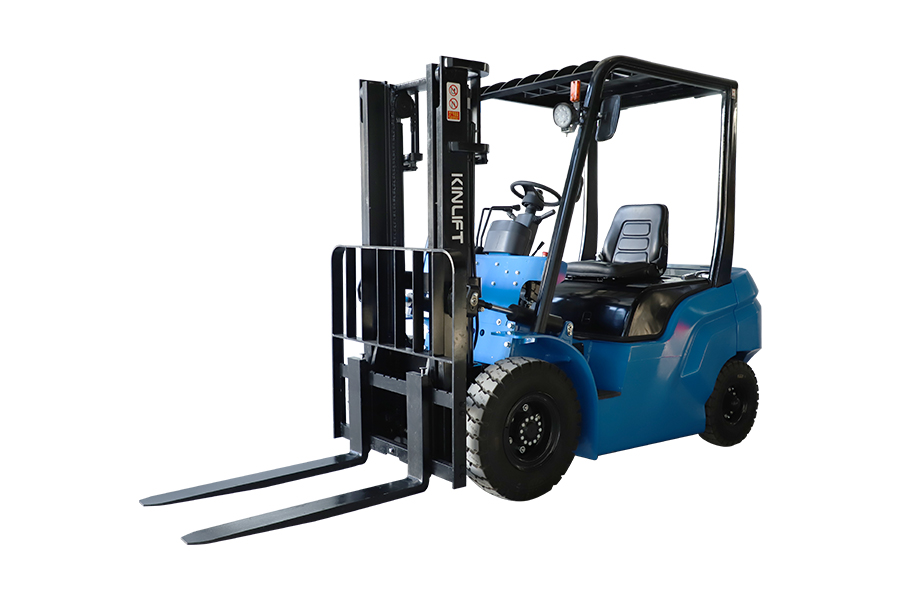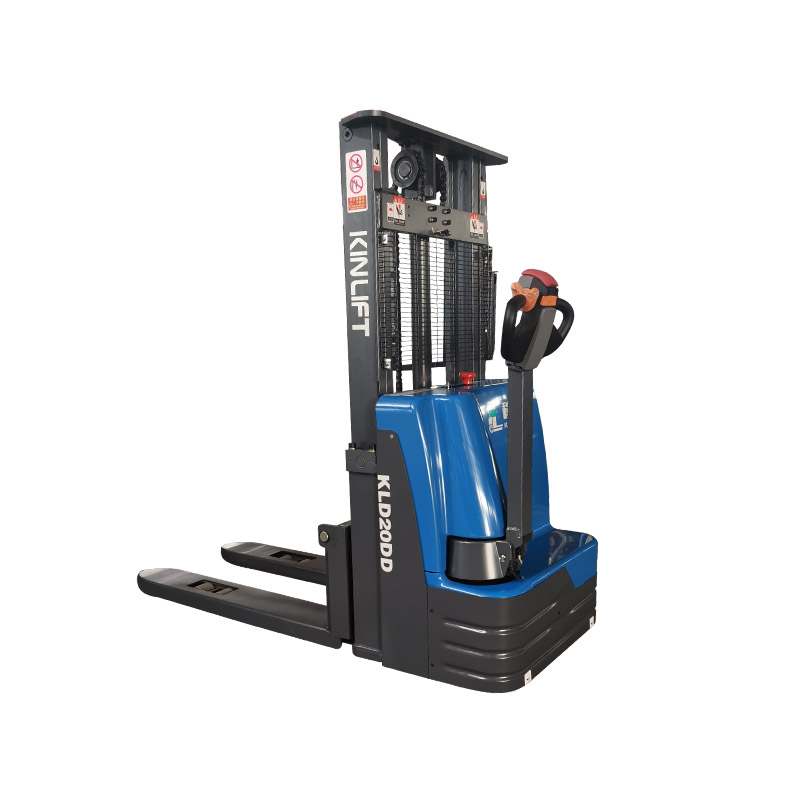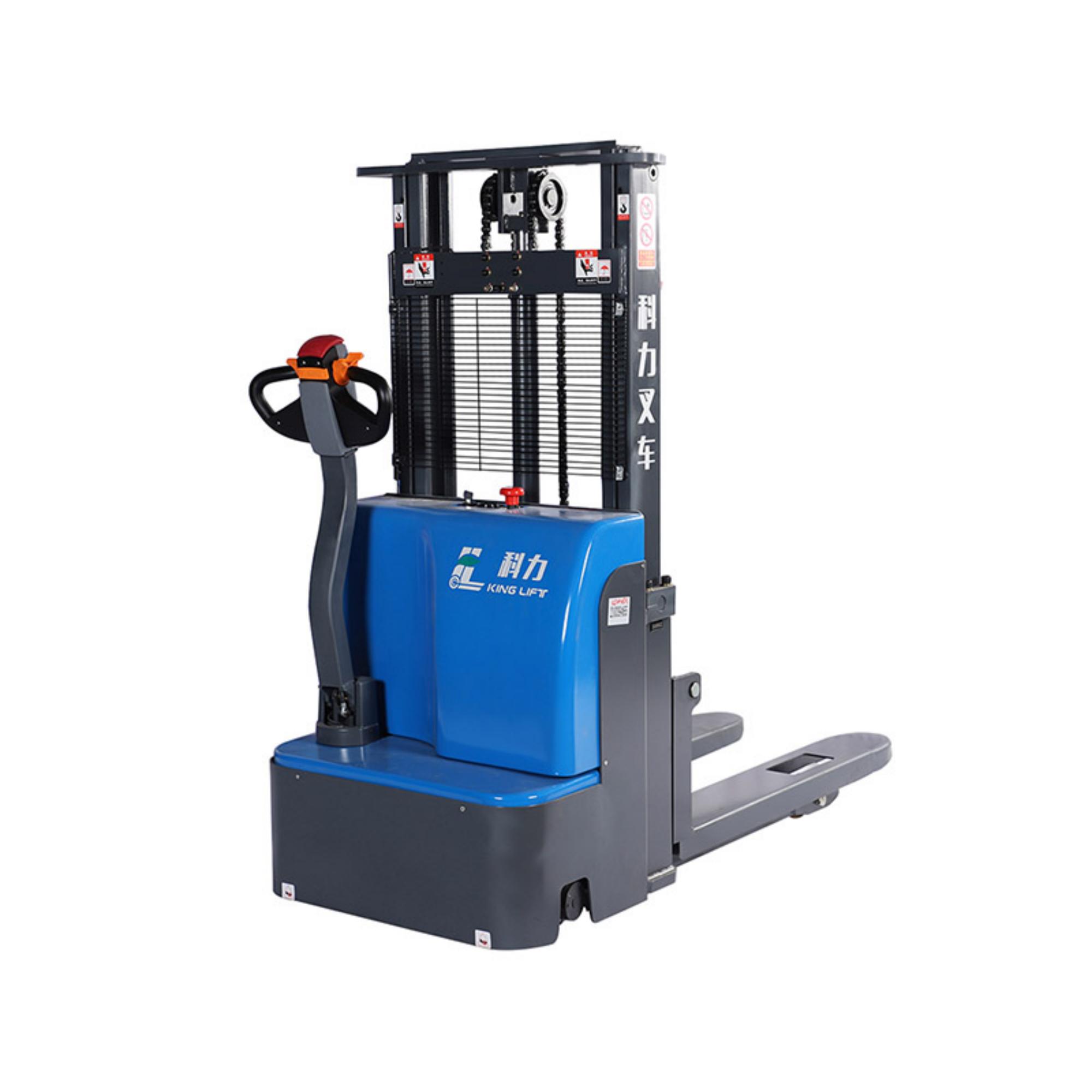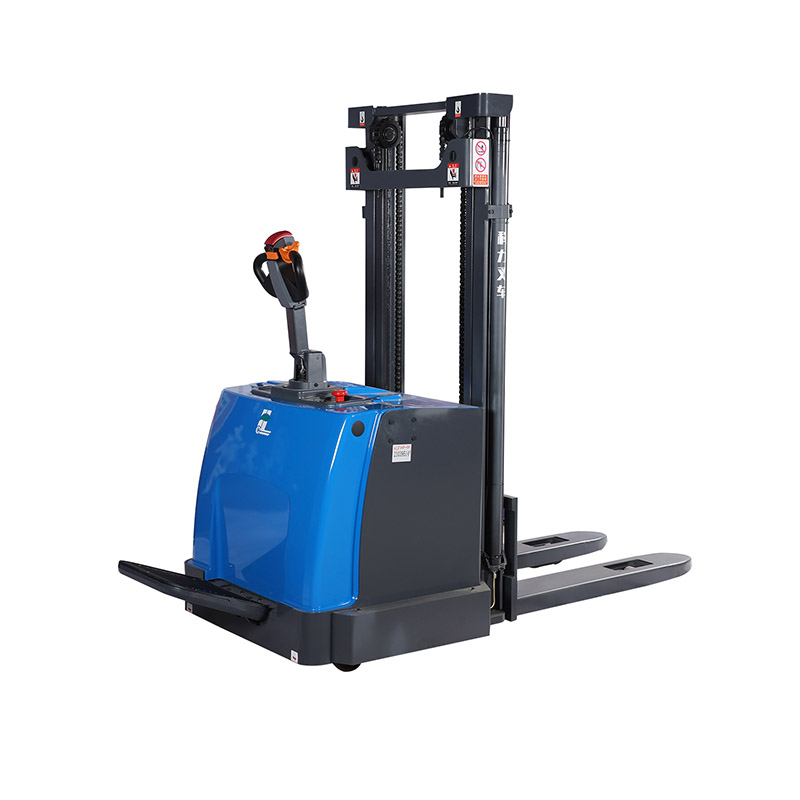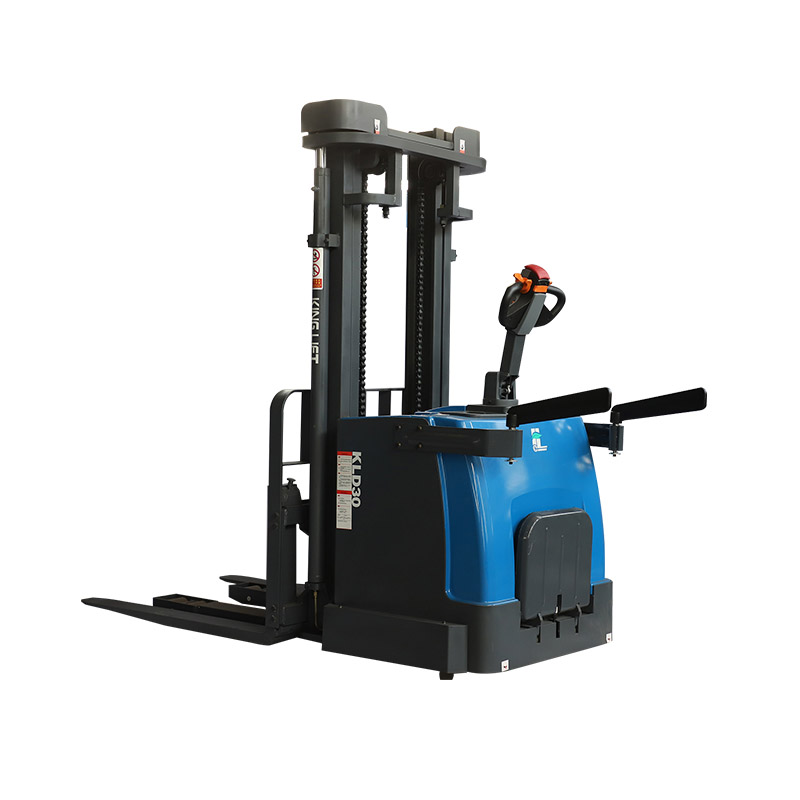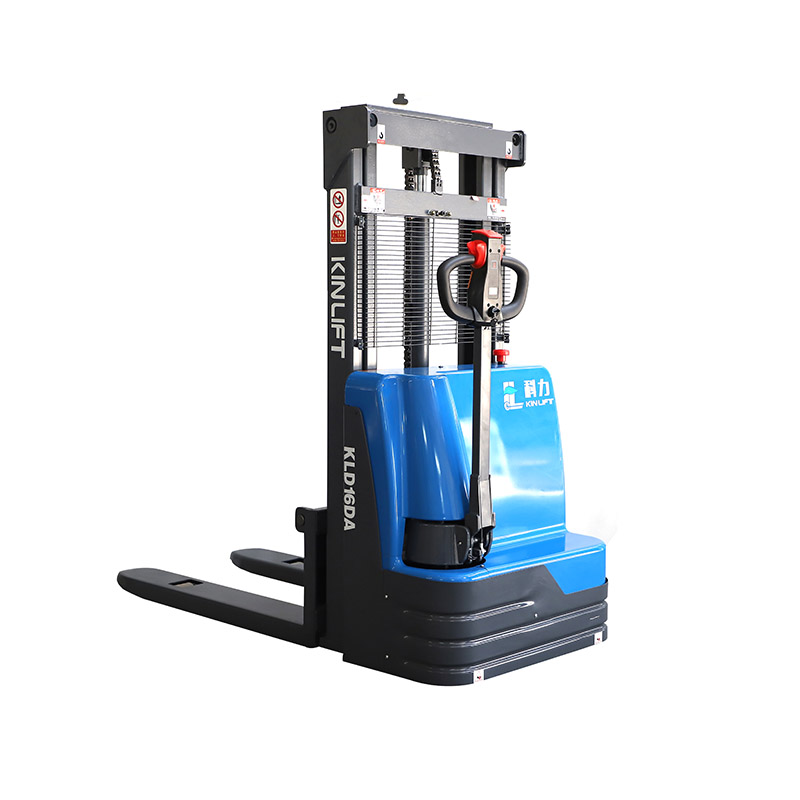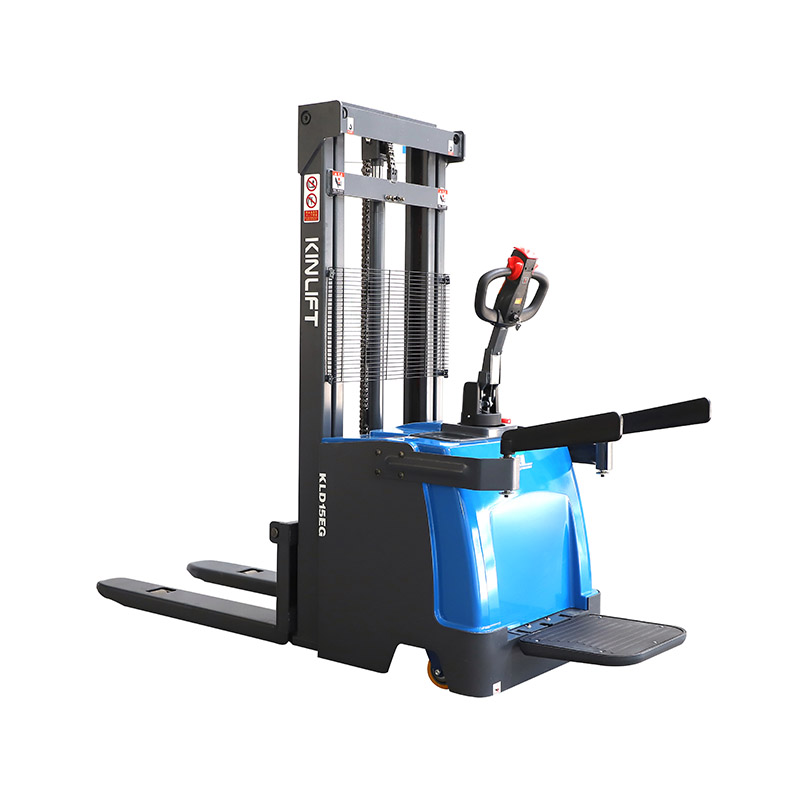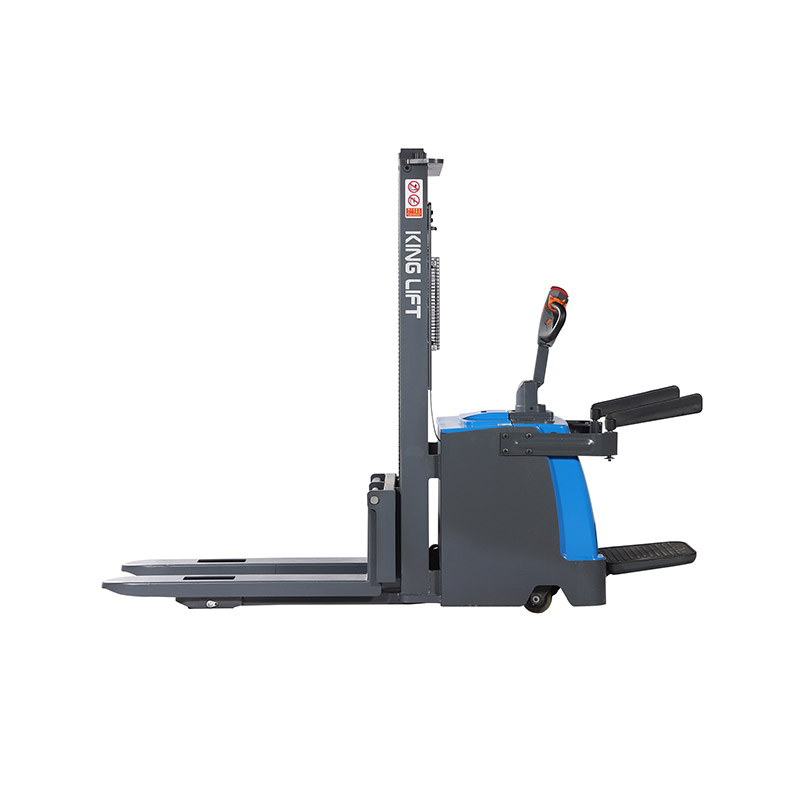Technological breakthroughs in energy efficiency improvement
Hyundai Warehousing Electric Forklifts has made breakthroughs in energy efficiency. The mature application of lithium battery technology has increased the energy density by more than 40%, and the charging efficiency has reached 95%, greatly shortening the charging waiting time. The intelligent energy recovery system can recover kinetic energy during braking and downhill, increasing energy utilization to 1.5 times that of traditional lead-acid battery forklifts. The adoption of permanent magnet synchronous motors not only reduces energy consumption by 30%, but also reduces maintenance requirements. Together, these technological advances form the basis of the energy efficiency revolution of electric forklifts, extending the single charging operation time by 50%, directly reducing energy expenditure.
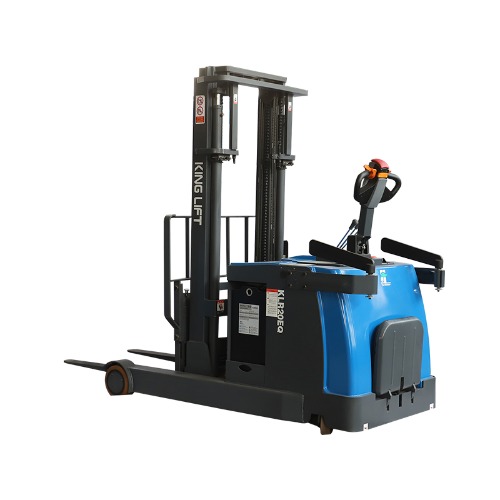
Full life cycle cost optimization
The cost advantages of Warehousing Electric Forklifts are not only reflected in energy consumption, but also throughout the entire life cycle of the equipment. Compared to traditional internal combustion forklifts, electric forklifts have a 60% reduction in maintenance costs, thanks to a simpler drive structure and fewer consumable parts. The application of intelligent diagnostic system realizes preventive maintenance and avoids production suspension losses caused by sudden failures. The modular design extends the service life of key components, while the standardized battery management system ensures efficient recycling of the battery pack. From procurement, use to scrapping treatment, electric forklifts show obvious cost advantages throughout their life cycle.
Intelligent management system improves efficiency
Modern Warehousing Electric Forklifts is no longer an independent handling device, but an important part of an intelligent warehousing system. The fleet management system can monitor the energy consumption status of each forklift in real time, optimize the scheduling plan, and avoid invalid operations. The intelligent charging strategy automatically adjusts the charging period according to the operation plan and makes full use of the trough electricity price. Digital twin technology helps users formulate the optimal operating process by simulating the energy consumption performance in different operating scenarios. These intelligent applications have increased the overall energy efficiency of electric forklifts by more than 25%, further amplifying their cost advantages.
Industry application and benefit verification
In actual warehousing environments, efficient Warehousing Electric Forklifts has proven its cost control capabilities. Operation data from large distribution centers show that the electric forklift solution can reduce the annual operating cost of a single equipment by about 30,000 yuan. Cold chain warehousing companies have reduced their energy expenditure by 30% while maintaining the operating efficiency of low-temperature environments by adopting specially designed electric forklifts. Third-party logistics service providers have achieved the dual benefits of increasing equipment utilization and decreasing labor costs through electric forklift fleet management. These successful cases verify the actual value of electric forklifts in reducing operating costs of warehousing and logistics.

Future development trends
The energy efficiency revolution of Warehousing Electric Forklifts is still advancing. Solid-state battery technology is expected to further improve energy density and safety. The wireless charging system will realize automatic energy replenishment of operation gaps, and artificial intelligence algorithms will optimize the energy consumption efficiency of each operation. With the advancement of the carbon neutrality goal, electric forklifts will replace traditional equipment in more application scenarios, and their cost advantages will continue to expand with technological progress. Warehousing and logistics companies need to pay close attention to these developments to make full use of the energy efficiency potential of electric forklifts to achieve sustainable cost optimization.


 English
English русский
русский